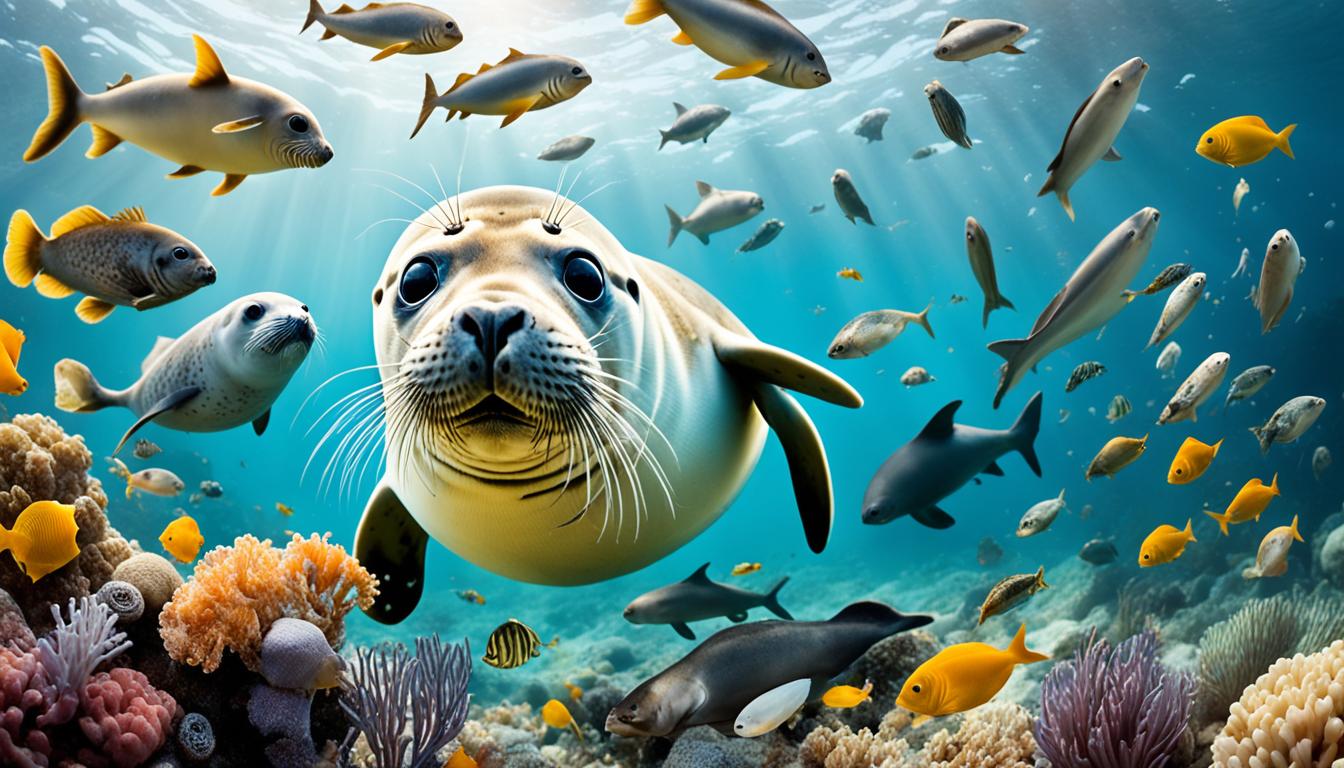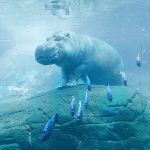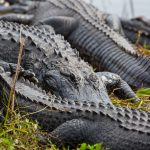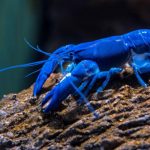Ever wondered what seals eat? It’s key to know their diet to understand their role in the ocean. Seals are fascinating marine mammals, part of the pinniped family. They include eared seals and walruses. These carnivores hunt underwater for fish, squid, and crustaceans.
This article explores the diet of marine mammals. It covers their eating habits, nutritional needs, and how they hunt. You’ll get a deep dive into the world of seals and their role in ocean life.
Introduction to Seals and Their Diet
Seals are amazing marine mammals found in both polar and temperate waters worldwide. They are part of the pinniped group, which includes true seals, eared seals, and walruses. With over 30 species, seals show a wide range of seal feeding habits and play key roles in their ecosystems.
Their diets show how important seals food sources are and their meat-eating nature. They eat fish, squid, and crustaceans, depending on what’s available in their homes. Each seal species has its own way of eating, based on where it lives.
Learning about seals’ diets helps us understand their biology and their place in the ocean. The way seals interact with their food is crucial for the health of the oceans. They are vital to their environments.
What Do Seals Eat?
Learning about what seals eat helps us understand their role in the ocean. They have interesting eating habits that fit their marine world. Seals mainly eat meat, showing how they adapt to their environment.
The Carnivorous Nature of Seals
Seals mainly eat different sea creatures. They like to eat fish, squid, and crustaceans. They can change their diet based on what’s available, making their eating habits flexible. This flexibility is key to their survival.
Common Prey of Seals
Let’s look at some common foods seals eat. Herring, mackerel, and squid are big parts of their diet. Eating these shows how seals are top predators in their world.
Seal Feeding Habits
Seals have unique ways of eating that help them survive in the ocean. They eat a wide variety of foods based on what’s available and the season. This way, they make sure they get enough food to live and help keep the ocean healthy.
Opportunistic Feeding Patterns
Seals eat whatever they can find, making them great at surviving in different places. They eat fish, squid, and crustaceans, depending on what’s around. This helps them use their food wisely and stay full of energy.
Seasonal Variations in Diet
Seals change what they eat with the seasons. This is because different foods are available at different times of the year. For instance:
| Season | Main Prey | Dietary Focus |
|---|---|---|
| Winter | Fish (e.g., herring, capelin) | High fat intake for energy reserves |
| Spring | Squid, small crustaceans | Increased consumption for growth |
| Summer | Various fish species | Diverse diet to maximize nutrient intake |
| Fall | Secondary prey, including mollusks | Preparation for winter reserves |
Seals adapt their diets to meet their needs, which is key to their role in the ocean. They affect the populations of their prey and the health of their homes. Learning about this shows us why we need to protect seals and their homes for the ocean’s balance.
Types of Prey Consumed by Seals
Seals eat a wide variety of foods, showing how adaptable they are. They mainly eat fish, squid, and crustaceans. These foods are key to their survival and health.
Fish as a Primary Food Source
Fish like salmon and herring are main foods for seals. They are full of omega-3 fatty acids and protein. These nutrients are vital for their energy and health. The type of fish available in their area affects their diet.
Importance of Squid and Crustaceans
Squid and crustaceans, such as shrimp and prawns, are also crucial for seals. They give seals a lot of protein. This helps with muscle growth and energy. Seals can change their diet with the seasons to find the best food.
Other Marine Animals in their Diet
Seals eat more than just fish. They also eat seabirds and other sea creatures. This shows how they can live in different places and adapt to their surroundings.

| Type of Prey | Nutritional Benefits | Examples |
|---|---|---|
| Fish | High in omega-3 fatty acids and protein | Salmon, herring |
| Squid | Rich in protein | Common squid |
| Crustaceans | High protein content | Shrimp, prawns |
| Other Marine Animals | Varies by species | Seabirds |
Seal Nutrition and Energy Needs
Seals live in tough environments and need special nutrition to stay energized. They have unique ways to store fat, which is key to their survival. This part talks about how seals use fat and calories, showing how their diet changes and what they need to eat.
The Role of Fat Storage in Seals
Seals stay warm in cold water thanks to a thick layer of blubber. This fat is not just for keeping warm; it’s also a big energy source. When food is hard to find, this stored fat helps them and their babies survive.
It also helps them during long migrations and when they go without food. This lets seals live in their tough underwater world.
Caloric Intake for Growth and Reproduction
Seals need a lot of calories because they are always active and growing. When they are growing or having babies, they eat a lot, up to 30% of their body weight each day. They eat fish, squid, and crustaceans, which gives them the energy they need.
This food helps them grow, reproduce, and stay healthy. Knowing what seals eat is important for understanding their health and how their homes in the ocean are changing.
| Aspect | Description |
|---|---|
| Insulation | Blubber provides thermal protection in cold waters. |
| Energy Storage | Fat reserves aid survival during food scarcity. |
| Nutritional Needs | High caloric intake supports growth and reproduction. |
| Feeding Behavior | Seals consume up to 30% of their body weight daily. |
| Food Sources | Mainly fish, squid, and crustaceans. |
Seal Hunting Techniques and Skills
Seal hunting techniques show how these amazing marine mammals find their food. They have incredible diving skills, letting them hunt in different water environments. For example, elephant seals dive as deep as 7,800 feet, showing how well they adapt to life underwater. This skill helps them get to various prey and shows their importance in the ocean’s food chain.
Diving Abilities of Seals
Seals are great swimmers, able to move through tough underwater areas. Their bodies are built for speed and their flippers help them dive deep and move fast. This lets them hunt fish and squid for long periods underwater, which is key to their diet.
Use of Whiskers in Prey Detection
Seals also have special whiskers that help them hunt better. These whiskers, or vibrissae, can feel tiny movements in the water. This helps them find fish and crustaceans even when the water is cloudy. Their hunting skills and special body features make them top predators in their world.










